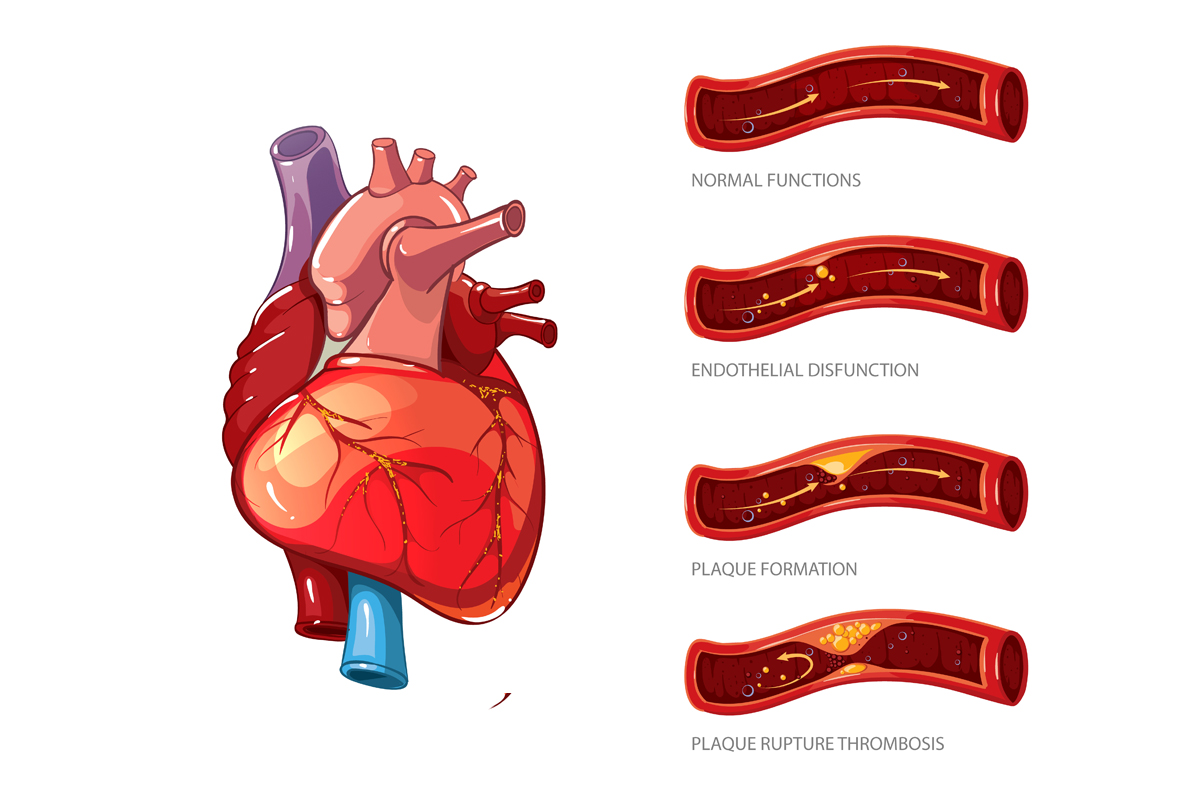Angiography is an imaging test that uses X-rays to view your body’s blood vessels. The X-rays provided by an angiography are called angiograms. This test is used to study narrow, blocked, enlarged, or malformed arteries or veins in many parts of your body, including your brain, heart, abdomen, and legs.
Depending on the type of angiogram, access to the blood vessels is gained most commonly through the femoral artery, to look at the left side of the heart and at the arterial system or the jugular or femoral vein, to look at the right side of the heart and at the venous system. Using a system of guidewires and catheters, a type of contrast agent, is added to the blood to make it visible on the X-ray images.
The X-ray images taken may either be still, displayed on an image intensifier or film or motion images. For all structures except the heart, the images are usually taken using a technique called digital subtraction angiography or DSA. Images in this case are usually taken at 2–3 frames per second, which allows the interventional radiologist to evaluate the flow of the blood through a vessel or vessel.
What is a Coronary Angiography?
Coronary angiography is a test to find out if you have a blockage in a coronary artery. Your doctor will be concerned that you’re at risk of a heart attack if you have unstable angina, atypical chest pain, aortic stenosis, or unexplained heart failure. During the coronary angiography, a contrast dye will be injected into your arteries through a catheter (thin, plastic tube), while your doctor watches how blood flows through your heart on an X-ray screen. This test is also known as a cardiac angiogram, catheter arteriography, or cardiac catheterization.
Recovery and follow-up when you get home
- Relax and drink plenty of water. Don’t smoke or drink alcohol.
- Because you’ve had an anesthetic, you shouldn’t drive, operate machinery, or make any important decisions immediately.
- Remove the bandage after 24 hours. If there’s minor oozing, apply a fresh bandage for another 12 hours.
- For two days, don’t have sex or perform any heavy exercise.
- Don’t take a bath, use a hot tub, or use a pool for at least three days. You may shower.
- Don’t apply lotion near the puncture site for three days.
- You’ll need to see your heart doctor a week after the test.

